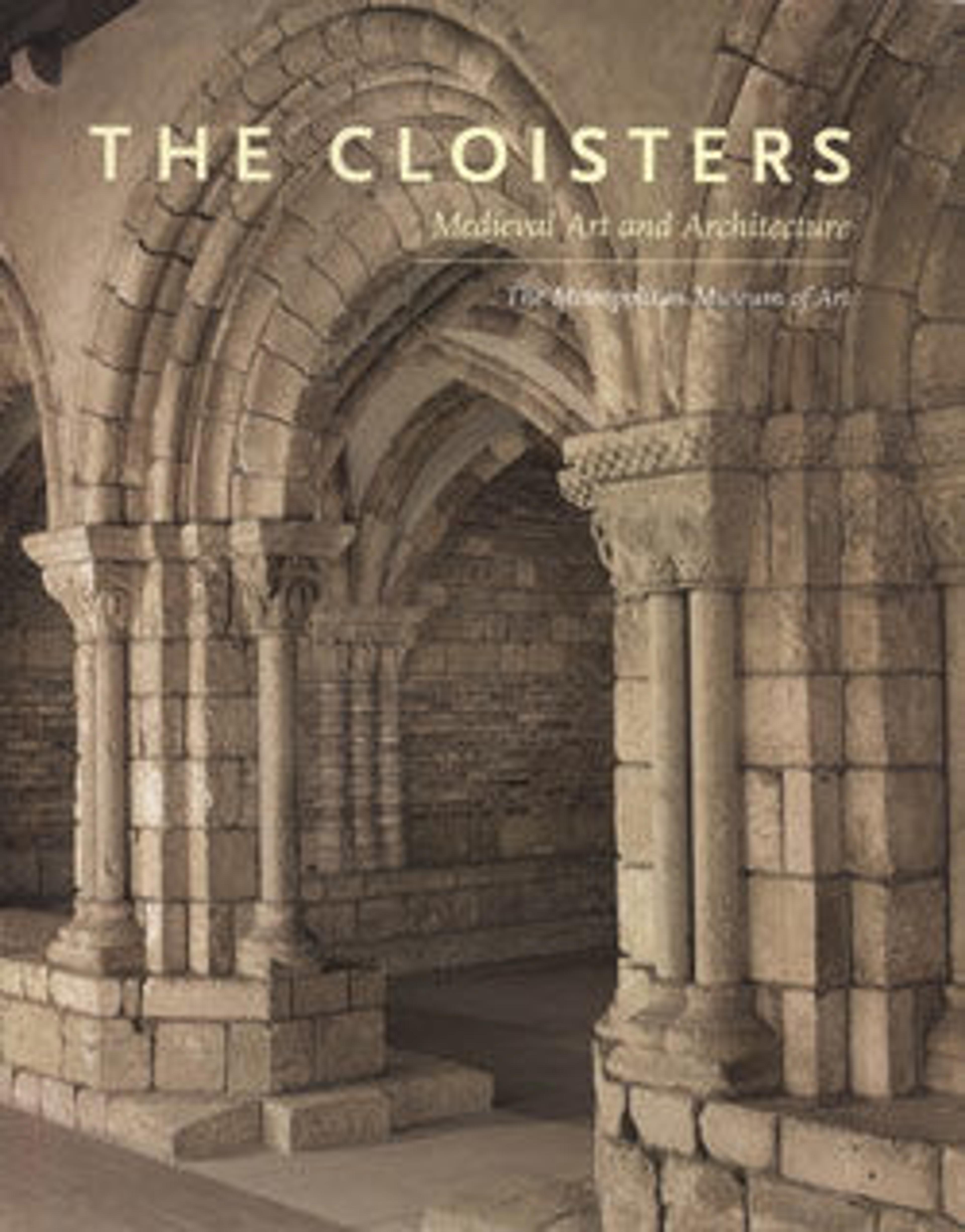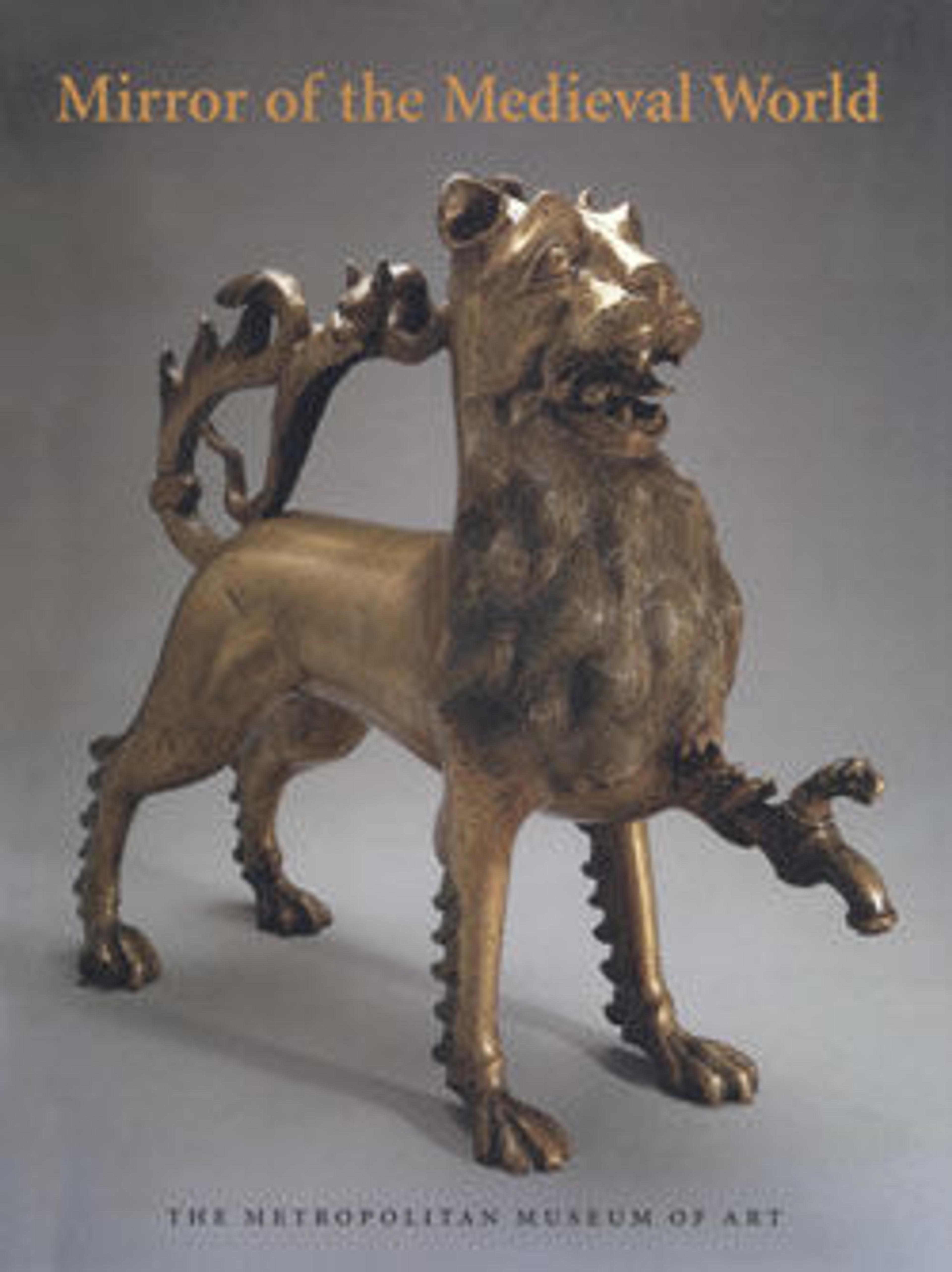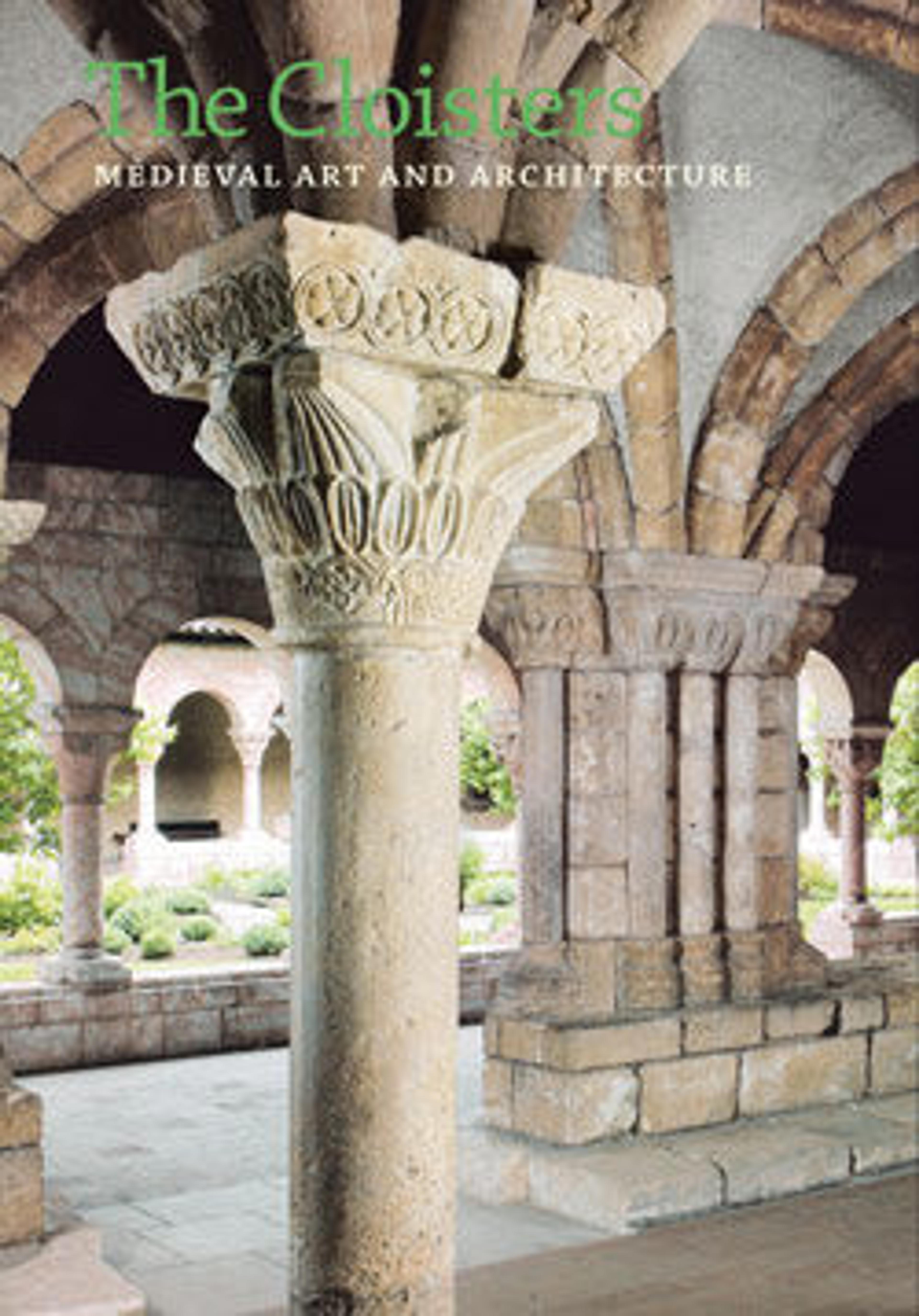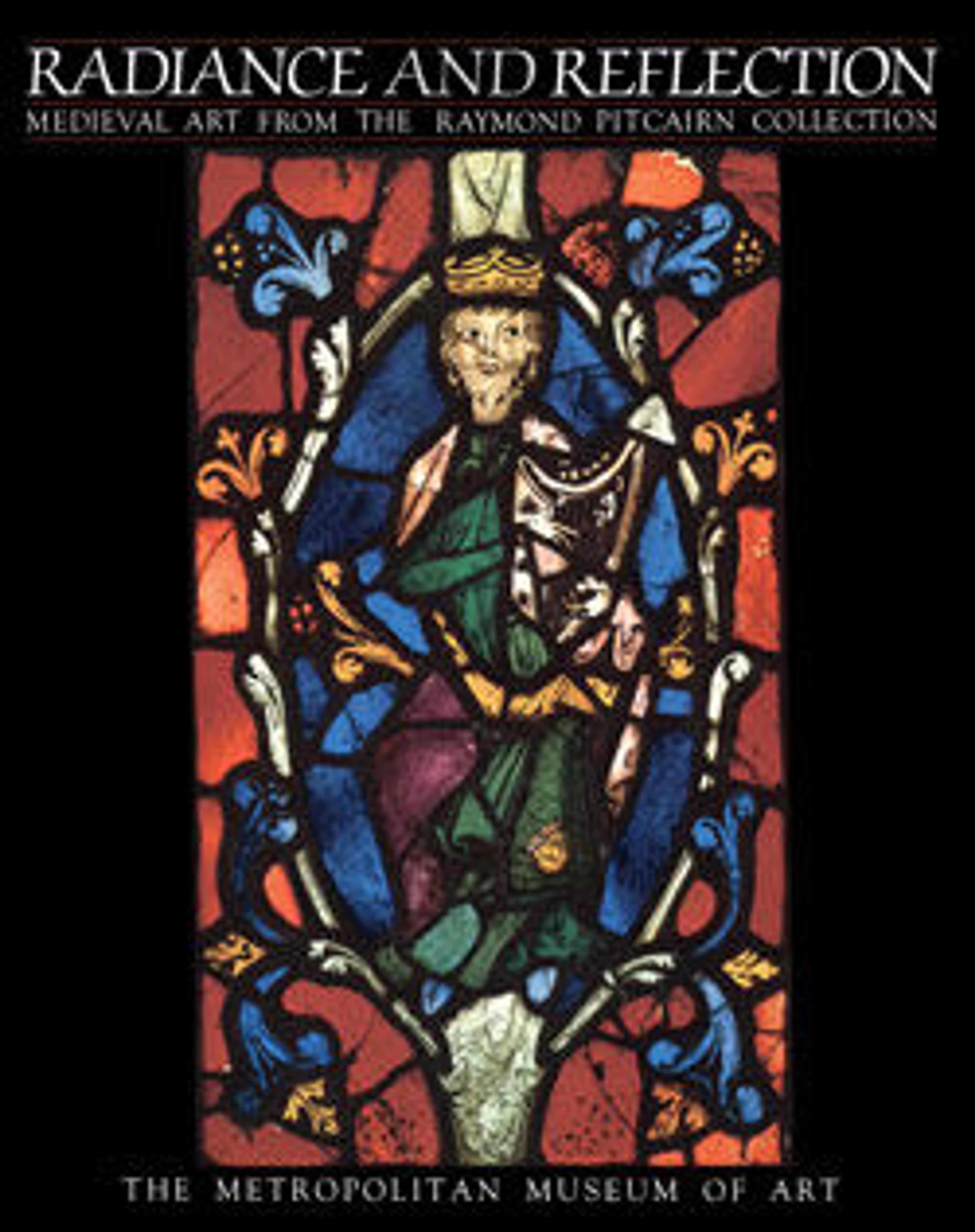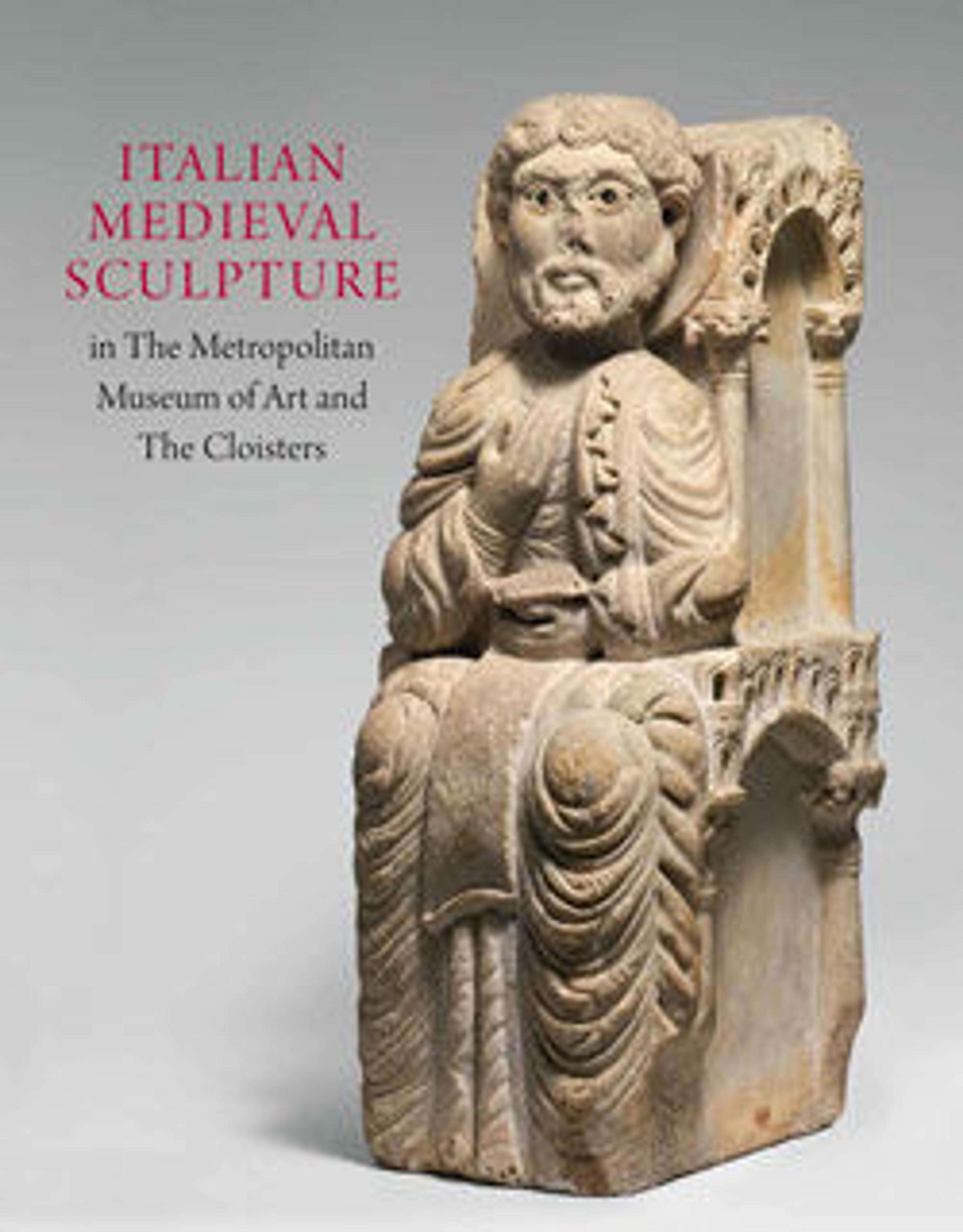
Italian Medieval Sculpture in The Metropolitan Museum of Art and The Cloisters
The collection of Italian medieval sculpture in The Metropolitan Museum of Art and The Cloisters began with the acquisition in 1908 of a Romanesque column statue; today the Museum's holdings comprise more than seventy works dating from the ninth to the late fifteenth century. The earlier pieces evidence traces of Roman and Early Christian influences, while the later ones presage the forms and themes of the Renaissance. The birthplaces of these works range from Sicily to Venice; some typify local styles, others illustrate the intense artistic exchanges taking place within Italy and between Italy and the wider world. The vibrant Mediterranean trade, for example, is visible in decorative motifs that traveled from Byzantium or the Near East as designs in textiles, ivories, and ceramics.
The majority of works in the collection are made of marbles and other stones that were either excavated from local quarries or salvaged from antique ruins close to the carvers' workshops—some of these still retain their Latin inscriptions. Other works are of wood, and the Metropolitan Museum and The Cloisters also include in their collections such rarities as a delicate fourteenth-century Tuscan terracotta figure (perhaps a model for a work by a Sienese goldsmith) and a monumental polychrome textile Virgin and Child from the same time period, probably from Umbria.
Originally made as church furnishings or to celebrate secular rulers of the day, a number of the Museum's sculptures have changed their functions over time. For example, a later artist, mistaking painted stone for porphyry, turned a griffin panel over and ground pigments on the reverse. Disparate architectural elements were assembled to create a portal for a new structure. Works were carved down to fit different places or purposes. Brilliantly colored and gilded objects of stone or wood were repainted over the centuries; conversely, a polychrome sculpture might be overpainted white to resemble marble.
Technological advances of the last decades have made it possible to determine more precisely the materials and techniques from which works of art are made, the history of their alteration, and the mechanisms of their deterioration. Using such techniques, scholars have been able to ascertain, for example, that sculptures previously thought to be modern works carved in the medieval manner were in fact completely authentic.
This innovative volume represents a watershed in the study of sculpture: a collaborative dialogue between an art historian and a conservator—between art history and art science—that deepens our understanding of the object we see, while illuminating its elusive, enigmatic history.
Met Art in Publication
You May Also Like
Press the down key to skip to the last item.
Citation
Castelnuovo-Tedesco, Lisbeth, Jack Soultanian, Richard Y. Tayar, Metropolitan Museum of Art, Metropolitan Museum of Art, and The Cloisters, eds. 2010. Italian Medieval Sculpture in the Metropolitan Museum of Art and the Cloisters. New York, NY: Metropolitan Museum of Art.
